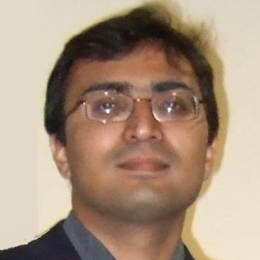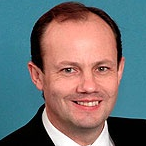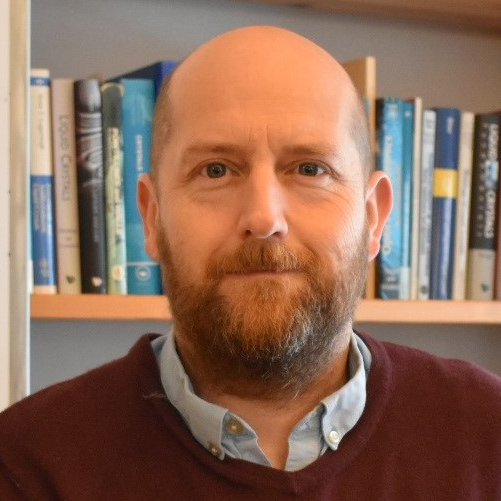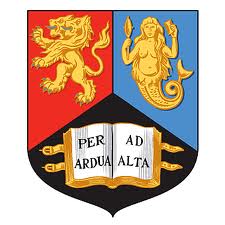Royal Society of Edinburgh Network on Nematic-Based Materials for the Next Generation of Applications |
This
network on Nematic-Based Materials for the Next Generation of Applications is a
Scotland-centric network in liquid crystals, boasting of strong connections with the
UK-wide British Liquid Crystal Society and international connections in Europe, Asia and USA.
Liquid crystals are quintessential examples of partially ordered materials that combine
fluidity with the structural order of solids. Liquid crystals are typically anisotropic
or directional materials with distinguished material directions referred to as "directors".
Consequently, liquid crystals have direction-dependent optical, physical and mechanical
properties and this directionality or anisotropy makes them the working material of
choice for a range of electro-optic devices, notably the multi-billion dollar liquid
crystal display (LCD) industry.
There are now new waves of research in liquid crystals-based materials, for fundamental
scientific reasons and for exciting applications in futuristic materials technologies.
Scotland has long been at the forefront of nematic liquid crystals (NLC) research with pioneering research
undertaken by Professor George Gray in chemistry, Professor Frank Leslie in theory and
Professor Ian Shanks in technology/development. Scotland now boasts of some of the
strongest UK groups in theory (Strathclyde, Glasgow), microelectronics (Edinburgh),
chemistry (Aberdeen). This network on Nematic-Based Materials for the Next Generation of Applications
will consolidate the separate research groups, to build a world-leading, forward-looking
and sustainable Scotland-centric NLC-research network, with excellent UK, global and
industrial connections. There will be focus on
|
Academic Leads & Partner Institutions





|
|---|
